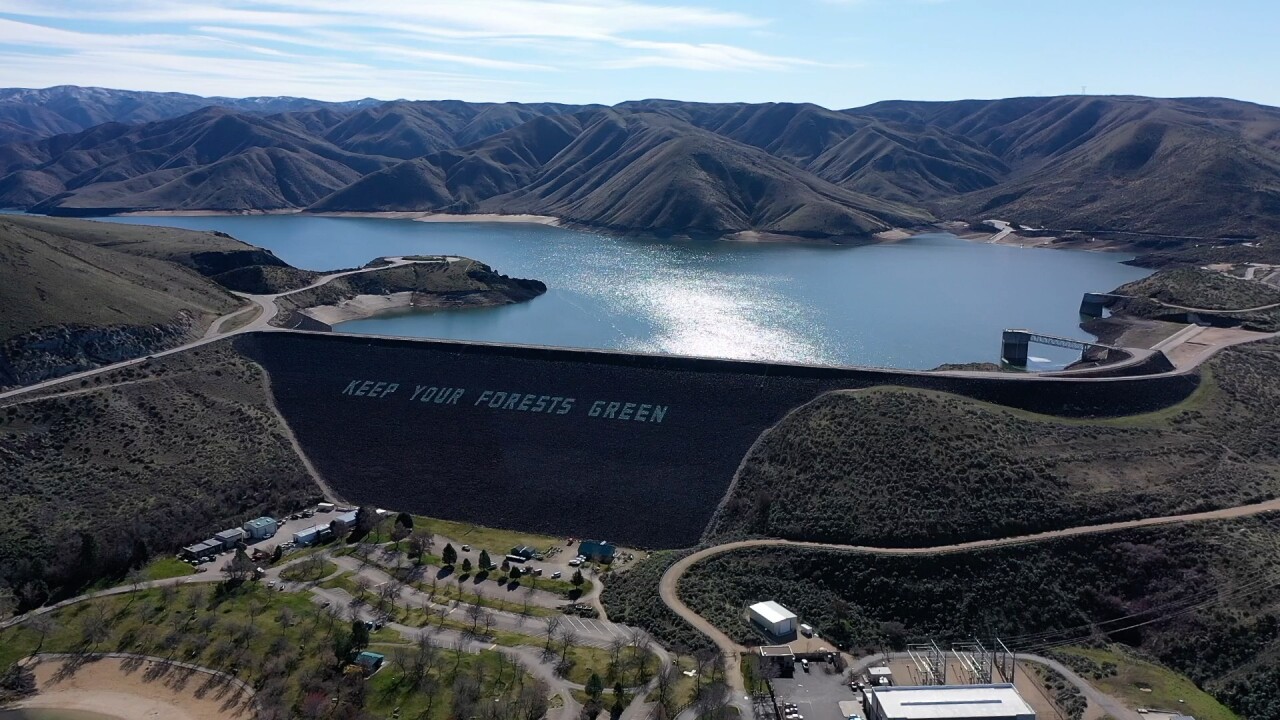The Natural Resources Conservation Service performed its end-of-winter snow survey at the SNOTEL site on Mores Creek Summit north of Idaho City on Friday.
"We want to know if you take the snowpack and you melted it instantly how much water how much water would that end up being," Erin Whorton, a water specialist with the NRCS. "It's the density by the depth if you get nerdy about it."

Mores Creek Summit had an average of 75 inches of snow with 27 inches of water content from the five spots they tested with the federal sampler tool.
This puts the Boise River Basin snow water equivalent at 97 percent of average for this time of year and the data helps water managers plan for irrigation season.

"Farmers should have enough water this year as we are expecting storage to carry us through October," said Mike Meyers, the Boise River Water Master. "We will use a lot more storage water this year then we did last year."
That's because last year was a banner year so water managers saved the water as the reservoirs on the Boise River are at 81 percent capacity. What happens next will depend on how much the snow melts and what happens with run-off.

"We want the snow to come off nice and easy, what we don’t want is really high temperatures or a snow-on-rain event to melt the snow off really quickly," said Meyers. "That could put us in some flood control positions that we don’t want to be in with higher flows through Boise."
Snow surveys happen at sites all over the west and the one at Mores Creek Summit has been happening for 87 years. This area is close to the big parking lot at the summit and the public is asked to avoid this area so the equipment doesn't get damaged.

Jon Bonjean took the measurements and relayed them to Erin Whorton. This will be Jon's last year working on the snow survey before he retires, but Erin looks forward to carrying on the tradition at this site.
"I love my job it is taking science and applying it to real-world people obviously we care about water for many different reasons in this state," said Erin. "I love that I get to do something that is scientific, use my knowledge and apply it to something that matters for everybody that is living here."

Most of the basins in Idaho are in pretty good shape, but there are winners and losers. Southern Idaho had a phenomenal winter as the Owyhee River Basin had the best percentage at 172 percent of average.
Meanwhile, the farther north you go the worse it gets as the Spokane and Clearwater basins came out the worst with 69 percent and 71 percent. I'm always interested in the Payette River Basin for kayaking that's at 85 percent while the Salmon is at 83 percent.



